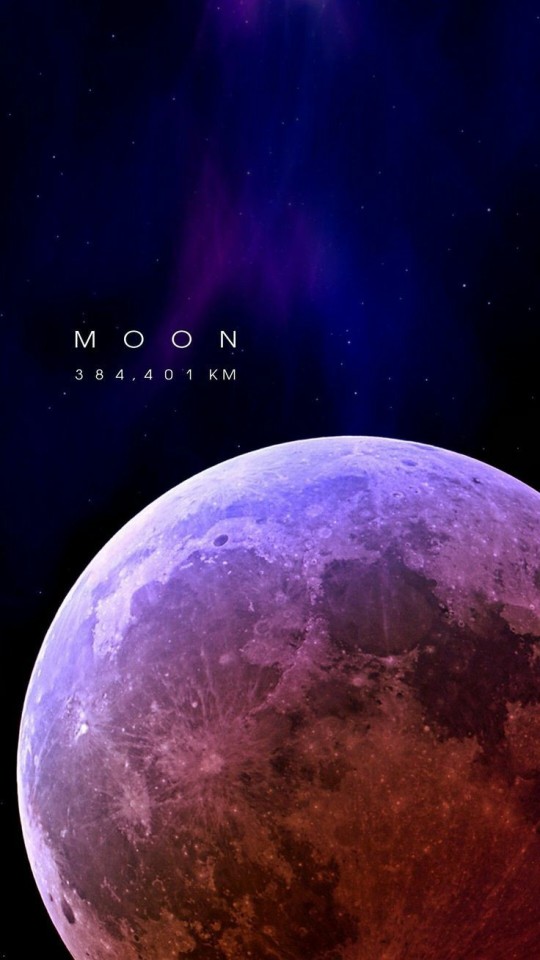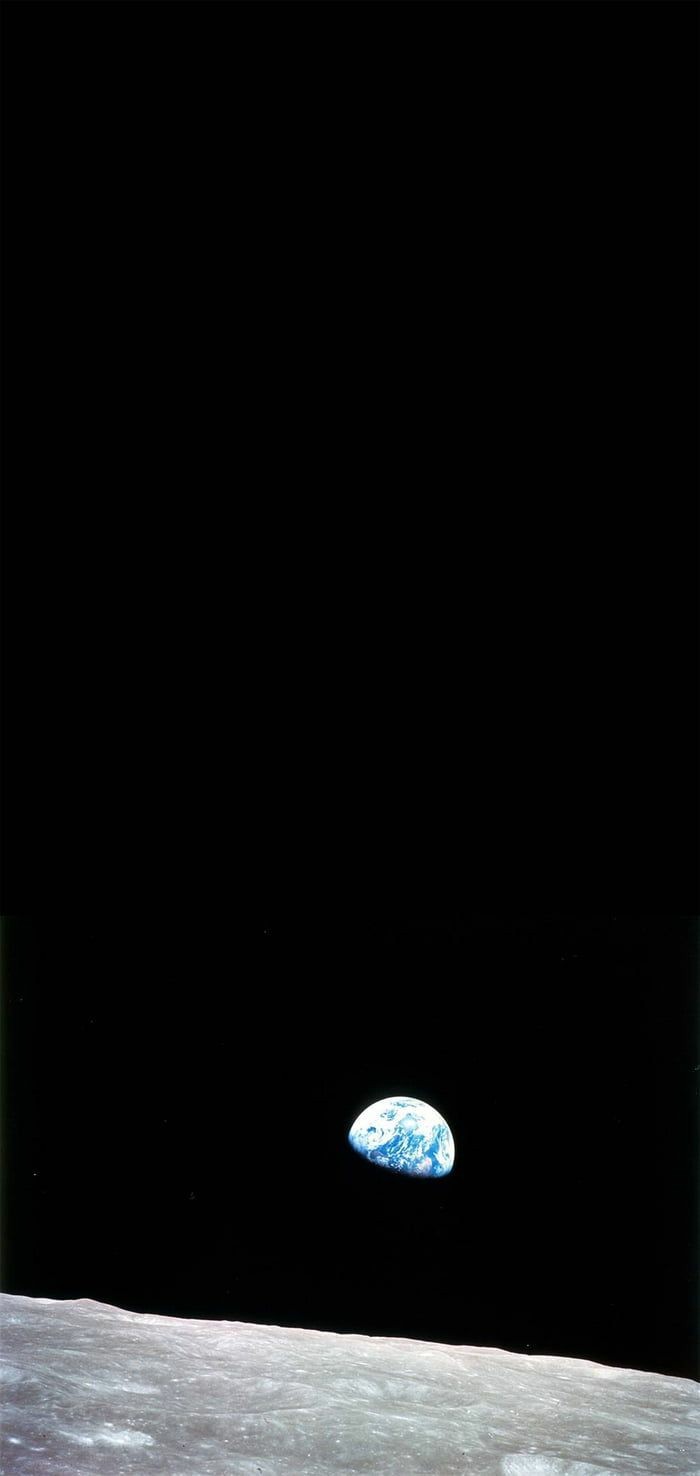Space Science - Blog Posts
On God we are all studying ts(as in THIS) to take black holes big ahh dihs 😂✌️


@superusrblog 👈🏻 follow
Neutron Stars: Extremely dense, but not infinitely so. A neutron star packs the mass of 1.4–2 times the Sun into a sphere about 10–15 km wide. They are made almost entirely of neutrons and have incredibly strong magnetic fields. Some neutron stars spin rapidly, emitting beams of radiation, and are called pulsars.
Black Holes: Even more extreme, a black hole forms when a collapsing star is so dense that it creates a region where gravity is so strong that nothing—not even light—can escape. This boundary is called the event horizon. Inside, space and time are warped beyond our current understanding.
Arecibo Observatory Collapse
What would you take to the Moon with you?


Earthrise, Bill Anders, 1968.

True colour (left) and false colour views of Uranus from Voyager 2 taken on 17th of January, 1986 from a distance of 5.7 million miles.
Credits : NASA

Question of the day : How far is the Moon from planet Earth?

Mars as seen from Hubble, snapped on April 27th through May 6th, 1999.
Image Credit : NASA COMMONS

Earth and Moon from Saturn, a true color composite taken on July the 19th, 2013 from Cassini spacecraft at a distance of 898, 419, 474 miles or 1,445,865,990 kilometers away from Earth.
Credits : NASA/JPL/SSI/Composite by Val Klavans via Flickr

Happy eighth anniversary, rover Curiosity !
Picture Description: NASA's Curiosity rover took this selfie on Oct. 11, 2019, the 2,553rd Martian day, or sol, of its mission.
The rover drilled twice in this location, nicknamed "Glen Etive" (pronounced "glen EH-tiv"). About 984 feet (300 meters) behind the rover, Vera Rubin Ridge rises up. Behind it lies the floor of Gale Crater, which Curiosity is exploring, and the northern rim of the crater. (Text adapted from nasa.gov)
Credits: NASA

Saturn like Exo Planet discovered in the habitable zone of another star system by a bunch of relatively amateur astronomers — under the umbrella called Habitable Exoplanet Hunting Project. (HEHP)
Watch the video here : https://youtu.be/0A7gEaewOws

GLOBAL VIEW OF VENUS IN ULTRAVIOLET FROM AKATSUKI
A false-color image using two ultraviolet channels from Akatsuki's UVI camera at 283 nm and 365 nm distinguishes different components of the Venusian atmosphere.
VENUS' NIGHTSIDE GLOW
This image shows the night side of Venus in thermal infrared. It is a false-colour image using data from Akatsuki.
VENUS' SOUTH POLE IN ULTRAVIOLET FROM AKATSUKI, JUNE 20, 2016
A false-color image using two ultraviolet channels from Akatsuki's UVI camera, showing details along a colourful band encircling Venus' south polar vortex in morning daylight.
Images Credit : JAXA / ISAS / DARTS / Damia Bouic
VENUS' COUPLED DYNAMICS AND SULFUR CHEMISTRY FROM AKATSUKI, JULY 23, 2016
A false-color image using two ultraviolet channels from Akatsuki's UVI camera. Venus' cloud dynamics are just as complex as Earth's.
Note : Akatsuki is a Japanese mission launched in 2010 to orbit Venus (which it failed the first time) but successfully entered Venus' orbit on December the 7th, 2015.
EQUATORIAL REGION OF VENUS FROM AKATSUKI
Images acquired during orbit number 13 of the Japanese probe Akatsuki show an incredible amount of detail on the equatorial, tropical, and extra-tropical clouds of the planet



VENUS IN INFRARED FROM AKATSUKI: CLOUD WAVE
This view of Venus was acquired by the Japanese Akatsuki spacecraft's IR2 camera, which observes—among other things—the "warmth" of the planet's atmosphere on its nocturnal side.



Variable star RS Puppis, about ten times more massive than our Sun and fifteen times more luminous.
Image Data : NASA/ESA/HUBBLE
Copyright & Mixing : Rogellio Bernal Andreo
I am speechless.

Comet Neowise over Lebanon, captured on 7th July, 2020 by Maroun Habib. Comet Neowise became one of the few naked-eye objects of the 21st century.

Earth, as seen from the Lunar surface, visualised

The Lonely Neutron Star In Supernova Remnant E0102-72.3 (the blue dot at bottom left) blue represents X-Ray light captured by NASA'S Chandra observatory, while the red & green represent optical light captured by ESO'S telescope in Chile and NASA'S Hubble in orbit. (Text adapted from apod.nasa.gov)
Credit : X-Ray — Chandra Observatory & Optical light — ESO / HUBBLE

Titan as seen through three different filters, captured on May 15th, 2013 via Imaging Science Subsystem (ISS) from 1.55 million miles (2.49 million kms) away.
Image Credit : NASA / JPL / SSI

IC 1805 – The Heart Nebula, taken on September the 11th, 2019
Image Credit & Copyright : Bray Falls

Jupiter and Ganymede in near – UV and blue, jointly captured by Juno aircraft, remastered by Judy Schmidt
Image Credit : Judy Schmidt via Flickr

Annular or the Ring Of Fire solar eclipse is tomorrow
The time of maximum eclipse, when that "ring of fire" event happens, will be at 2:40 a.m. EDT (0640 GMT) Sunday, June 21, when the moon crosses into the center of the sphere of the sun, from Earth's perspective. The eclipse starts at 11:45 p.m. EDT Saturday, June 20 (0345 GMT Sunday) and ends at 5:34 a.m. EDT (1034 GMT) June 20, according to NASA.
Regions in the path of visibility include the Democratic Republic of the Congo, Central African Republic, South Sudan, Sudan, Ethiopia, the Red Sea, Yemen, Saudi Arabia, Oman, the Gulf of Oman, Pakistan, India, China, Taiwan, the Philippine Sea (south of Guam), northern Australia and the north Pacific Ocean.
Picture description : An annular solar eclipse as seen by Japan's Hinode spacecraft on May, 20, 2012.

Hubble sees a more holistic view of the Butterfly Nebula or NGC 6302
Hubble was recently retrained on NGC 6302, known as the "Butterfly Nebula," to observe it across a more complete spectrum of light, from near-ultraviolet to near-infrared, helping researchers better understand the mechanics at work in its technicolor "wings" of gas. The "wings" of NGC 6302 are regions of gas heated to more than 36,000 degrees Fahrenheit that are tearing across space at more than 600,000 miles an hour. NGC 6302 lies between 2,500 and 3,800 light-years away in the constellation Scorpius.

Galaxy NGC 2768 as seen by Hubble on my birthday.
Check out what Hubble captured on your birthday here – https://www.nasa.gov/content/goddard/what-did-hubble-see-on-your-birthday


The Pelican Nebula (IC 5067/5070) an H II region associated with the North American Nebula in the Constellation Cygnus snapped by Don Bryden
Photo Credit : DonBryden/Flickr

M7 : Open star cluster in Scorpius
Image credit & Copyright : Lorand Fenyes

The Deep Lagoon also known as M8, captured at Mt. Lemmon Skycentre, Arizona, is located on the constellation of Sagittarius towards the centre of Milky Way.
Image Credit : Adam Block//Mt. Lemmon SkyCentre Arizona//Univ.Arizona

Boomerang Nebula – the coldest known place in Space, remastered.
Credit : geckzilla//Flickr

Barred Spiral Galaxy NGC 1300
Image Credit: Hubble Heritage Team,ESA, NASA

Simeis 147: Supernova Remnant
The supernova remnant has an estimated age of about 40,000 years, meaning light from the massive stellar explosion first reached Earth 40,000 years ago. But the expanding remnant is not the only aftermath. The cosmic catastrophe also left behind a spinning neutron star or pulsar, all that remains of the original star's core.
Image Credit & Copyright: David Lindemann

Galaxy M33//NGC 598 grabbed by Hubble
Credits: NASA/Hubble